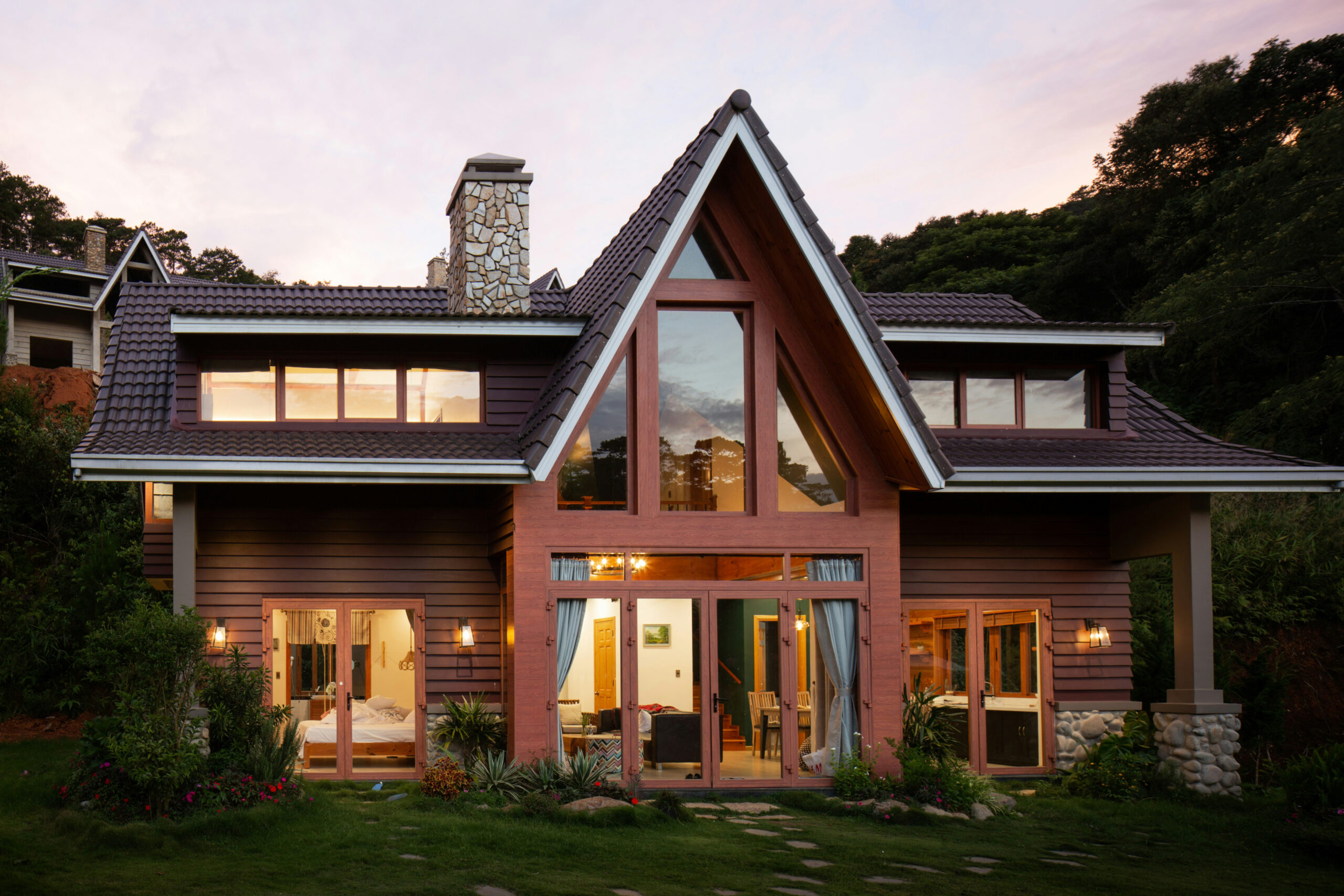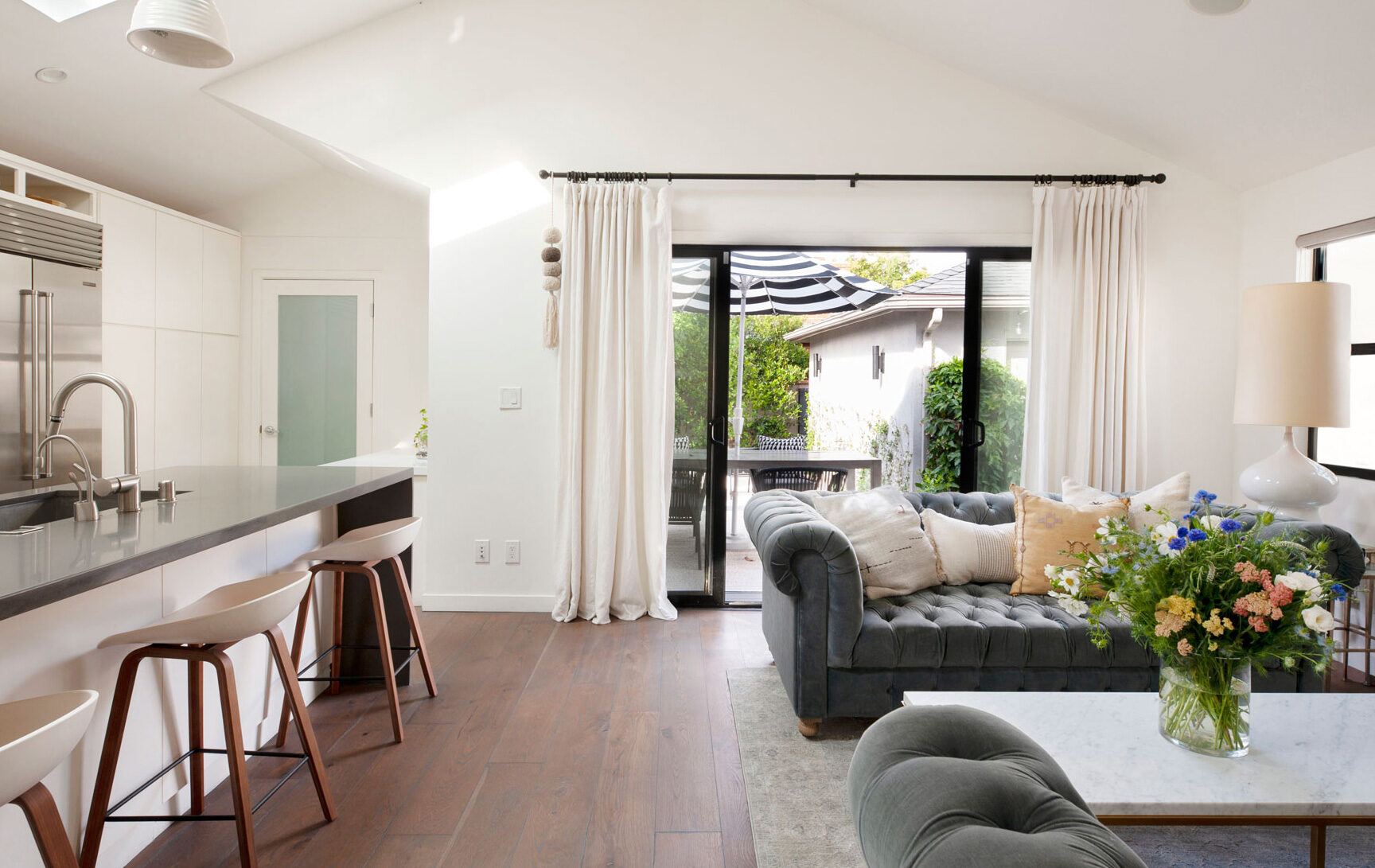
RESIDENTIAL WELL-BEING: THE POWER OF LIGHT
Light is the form of energy that makes it possible to see things. It is the natural agent that stimulates sight and makes things visible.
Light has been worshiped as an essential element and manifestation of the divine since human record. Both particle and wave – light embodies the mysterious nature of duality while having the unique gift of being the only form of energy visible to the human eye – known as “visible light.” We can thank the Sun for being the leading source of visible light on our planet. With our survival reliant on the steady heat and light emitted by the Sun, it’s perceived movement across the sky directs the quality of life on Earth, and the flow of energy through our landscapes and homes. Our inextricable relationship with light is something shared across species. This is the incredible power of light.
Many of us depend on the visible part of the light spectrum to navigate the physical world and to mark the passage of time – in some ways giving meaning to time itself. As light influences our mindset and our biological rhythms, life on this planet has depended on the rhythms of day and night for billions of years. Although we have substantially transitioned our living spaces and habits over time – the ways we interact with light in our built environments should always be observed and can often be improved upon.
Lighting is an essential part of every home and can be utilized to transform a space visually and energetically. We can utilize light to create a desired essence or essences while creating additional possibilities for the functions of place. Both natural and artificial light have a profound influence on our psychology, behaviors, and overall well-being. In our modern times we lean disproportionately on artificial light sources which, although not ideal, should (as an adaptive measure) be used methodically to improve vitality, mood, and productivity.
When looked at through the lens of the 5 elements, light is defined by the element of Fire, which represents illumination and connection. Working with and balancing the 5 elements of Fire, Earth, Metal, Water, and Wood in your home can help to deepen your connection to the natural world and create a balanced home rich in life force. It’s important to take advantage of natural light wherever possible and to embrace the use of artificial lighting as an active design element – bringing energy into a space. A well-lit environment should suit your personal needs, provide safety, allow for relaxation, and inspire.
Whether you’re working on a redesign, to improve your overall lighting situation or have a specific goal in mind it’s beneficial to consider the ambient lighting first as it is foundational to your experience. Ambient lighting is the central, uniform lighting in a room and is mostly responsible for the overall illumination of a space. Ambient light sets the tone literally and figuratively. As the most common type of interior light, it takes many forms such as recess lighting, floor lamps, chandeliers, sconces, and pendant lights. It also comes from natural sources such as windows, patio doors and skylights. Ambient light plays a key role in our overall enjoyment of a space and keeps our homes feeling vibrant.
Before you jump into ambient lighting trends remember not every light works for everybody or every space. As with most things in life, it’s the unique combination that creates your optimal sensory experience. Evaluate your day to night preferences and needs to determine the right intensity, placement, and effect – and plan accordingly. If possible, play off of what’s already existing. Is there anything specific you require to support your physical or emotional health? Do you enjoy warm or cool light? In the case of a home office, you may need to reduce some of the natural light coming in from outside. In a sitting room you may want to draw light from the outdoors in.
Arguably more important than the light fixture is the bulb. When a room needs to support multiple functions throughout the day, you can incorporate color-changing smart bulbs. These work best in pairings and can help to harmonize with the changes in natural light and can easily be adjusted for a gathering, mood boost or to simply relax and unwind.
An underutilized facet of ambient lighting is the uplight. Try a lower wattage light that’s designed to be directed up. These can be especially helpful to light dim corners, create warmth or to visually expand a wall space behind larger furniture like a sofa. Remember, the goal of ambient light is to create an essence and establish uniformity in the way your room is lit, so make sure your up lights play well with other lights and stick to one color tone/temperature.
Materials directly affect the quantity and quality of light and play a deliberate role in adding depth and defining the mood of the space. Materials will either emit or absorb light, so you’ll want to choose them wisely as you work toward your lighting goals. As a rule of thumb, smooth materials like silk, leather, glass and metal will subtly reflect light. Conversely, textured materials such as wool, velvet natural stone and wood will absorb light. Lighter color fabrics will brighten a room and dark fabrics can balance out and create contrast in a room with too much natural light. The net of this is…be inventive with your choices to create the right mood.
For structures such as apartments or townhomes which often generally have a shared wall, we know that natural light may be coming in from fewer directions so you’ll want to account for that when considering what your lighting scheme should include for day-to-night use. Utilize wall space and color to bounce light or incorporate uplighting to visually expand the space and mirrors are a great tool for maximizing natural light. Make sure to pay attention to the intensity and warmth of the bulb you use—it makes the world of a difference.
As you light your abode, stay open to opportunities for creating subtle layers of task, accent, and decorative lighting. Let there be supportive light in your space as it makes a significant difference in the well-being of your home—no matter the size.
Read more about lighting on Apartment Guides’ recent article highlighting Santo / Sage.
